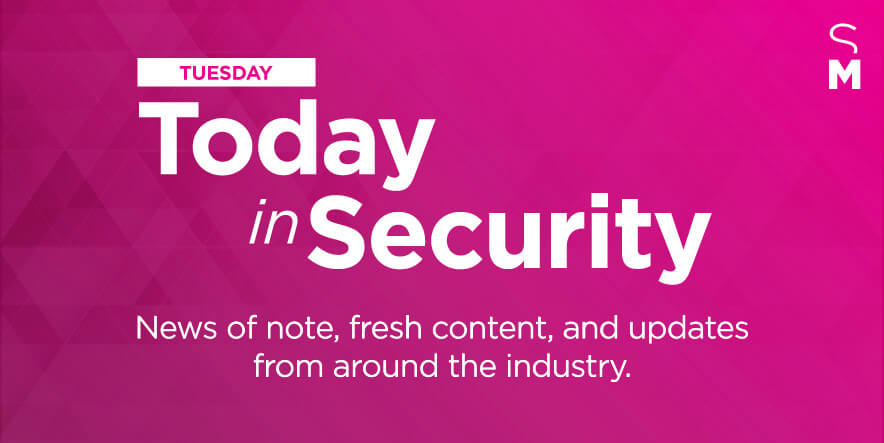Half of Knowledge Workers Expected to Work Remotely
“A hybrid workforce is the future of work, with both remote and on-site part of the same solution to optimize employers’ workforce needs,” said Ranjit Atwal, senior research director at Gartner. That future of work is clearly forecast in Gartner’s most recent report—Future of Work Reinvented—in which it estimates that by the end of 2021, 51 percent of all global knowledge workers are expected to be working remotely, an increase from 27 percent in 2019.
Do you treat your employees as workers or people? It's important to know the difference. Read more: https://t.co/nIbneGiRO4 #EmployeeExperience #FutureOfWork pic.twitter.com/qsOnyjsrhR
— Gartner (@Gartner_inc) June 14, 2021
Gartner defines knowledge workers as people involved in knowledge-intensive occupations, including writers, accountants, and engineers. Remote workers could be hybrid—working from home at least one day every week—or remote full-time.
The United States is expected to lead in remote workers by 2022, with 53 percent of the workforce logging in remotely at least part of the time; Europe is forecast to follow with 52 percent.
TechRepublic predicts that the shift to remote work will result in the revamping of IT infrastructure.
In a statement, Atwal said: “Through 2024, organizations will be forced to bring forward digital business transformation plans by at least five years. Those plans will have to adapt to a post-COVID-19 world that involves permanently higher adoption of remote work and digital touchpoints.”
The long-distance strategic plan may force IT managers and purchasers to invest in a remote-first technology continuity approach, while rethinking cloud-based application use, software as a service (SaaS), social and collaboration tools, and remote credentialing for secure network access, TechRepublic reported.
With more than 75 million Baby Boomers retiring sooner rather than later, it's clear that employers will need a strong workforce plan for replacing exiting workers. https://t.co/aJoWRdX0UY
— SHRM (@SHRM) June 29, 2021
However, not all employees are staying on to experience the digital transformation. According to SHRM, the quit rate for U.S. workers is the highest in decades, led by an exodus of retiring Baby Boomers—3.2 million more retired in the third quarter of 2020 than in the third quarter of 2019. More than a quarter of the U.S. workforce comes from the Baby Boomer generation (born from 1946 to 1964), but waves of retiring workers may leave employers in the lurch.
Millennials (born 1981 to 1996) were the largest generation in the U.S. labor force, according to 2018 Pew Research data, although researchers found that they broadly lack some soft skills that older workers used to keep the workplace moving smoothly. According to Monster, focusing on employee training, mentoring, and early management programs could help to groom Millennial employees, especially as remote work becomes more of a norm.
Flexibility for workers will be essential moving forward. Gartner found that 55 percent of employees said their ability to work flexibly—not just remotely—will impact whether or not they stay with their employer.
Want to improve your team’s performance? Embrace flexibility. Here’s what Gartner research has shown about the #FutureOfWork: https://t.co/QWQ67jnc2d pic.twitter.com/qq5ua1jB7V
— Gartner (@Gartner_inc) June 28, 2021
Employer support for workers has also become a differentiator, particularly as competition for top talent increases. Help around managing stress and mental health is particularly key.
“Our work and our workplaces impact our mental health and wellbeing. This has never been more evident than with the changes in working conditions this past year—with some working from home indefinitely, some in extraordinarily high-stress and high-risk frontline jobs, often for longer hours, and others experiencing layoffs and job insecurities," according to the National Safety Council. "Mental distress includes periods of intense nervousness, hopelessness, restlessness, depression, feeling like things require great effort, or feeling worthless or down on oneself. This distress is painful and costly for both employers and employees.”
Learn more about supporting worker wellbeing—even remotely—in this Security Management article and ASIS infographic.
